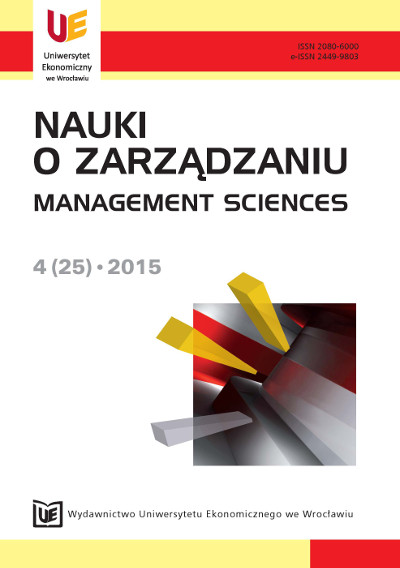A new approach to avoiding cost overruns and implementation delays in future large projects in aerospace business
A new approach to avoiding cost overruns and implementation delays in future large projects in aerospace business
Author(s): Christoph WinterSubject(s): Economy
Published by: Wydawnictwo Uniwersytetu Ekonomicznego we Wrocławiu
Keywords: project implementation; cost overruns; risk; parametric estimate; planning very large scale projects; aircraft
Summary/Abstract: Large Projects in Aerospace Business (LPAB) notoriously face significant delays and cost overruns. The starting point is: reduction of risk for both deviations between planned and actual cost and time would increase profitability of a project. That means, if project duration and volume could be predicted more precisely, the risk for delays and cost overruns would be reduced while profitability would be improved through allocating resources when and where they are actually needed. This questions the efficiency of presently applied planning methods to yield proper estimates for project volume and duration. The initial approach to this problem started off with learning curves and developed into parametric estimate models mainly for cost. Over decades it was a main attempt to make the models robust for technical progress and to increase flexibility with regard to different kind of aircraft but there were still significant deficiencies. This article introduces a new approach to overcome above deficiencies and the corresponding parametric estimate models to determine project volume and duration for future aircraft projects. The model uses the degree of new technologies applied (technical complexity) and the number of countries, suppliers and final assemblies (organizational complexity) as independent variables. The parameters of the regression analysis were determined by analysing 5 large aircraft projects (Boeing 787, Airbus A380, A350, A400M, Lockheed Martin F-35B and Eurofighter). As a result, the model meets the requirements of application in practice while its accuracy is still within the range of legacy models.
Journal: Nauki o Zarzadzaniu
- Issue Year: 2015
- Issue No: 25
- Page Range: 125-144
- Page Count: 20
- Language: English

